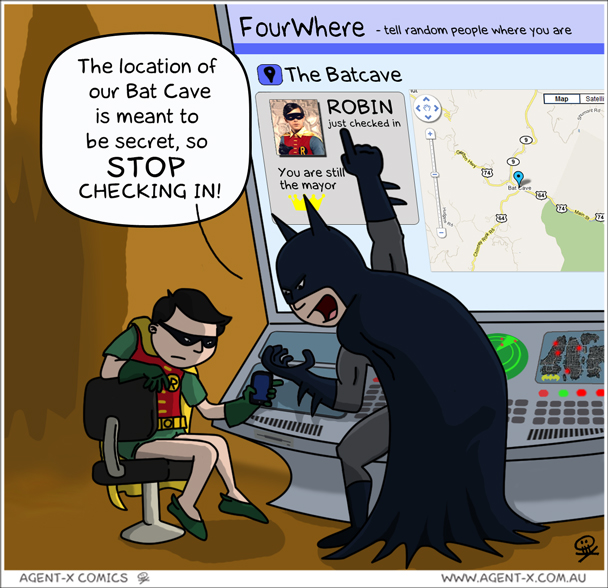The hottest new show of the summer is “Mr. Robot” on USA, and, while some credit goes to the production value, it’s the core story of corporate espionage that really hits the spot.
Espionage has existed as long as society, and corporate espionage is a byproduct of corporations. Information is a form of power, and companies both large and small need every advantage they can get.
Learning what your competition is up to doesn’t require the overly dramatic hack and intrusion techniques portrayed on television. There are basic spy tactics big brands use, as anyone legally can, to a certain extent.
Watch the News
Long before the Internet became widespread, the media was an invaluable source of information. Many companies (especially those making money and those researching new ideas) gain media attention, while others have dedicated PR, marketing, and legal teams dedicated to media.
Every day, it’s important to search the news for relevant industry terms to keep abreast of changes and notable events. The media helps provide a big picture with in-depth analysis from experts in every sector. Keep an eye on the news.
Monitor Social Media
Social media sites are often the source for many media outlets, as activists, politicians, and professionals worldwide are able to share thoughts and opinions, often in real time.
Targeted social media searches can determine the popularity and mood of certain subjects across social media. With LinkedIn, you can headhunt competitor employees, and on Facebook, group associations can help distinguish people and further categorize demographics.
Read Competitors’ Websites
It’s a good idea to track competitor’s websites, especially if they’re drawing more organic search traffic than you. Not only can the design itself provide tips, but the content will be entirely focused on the company, so you can learn a lot about your competition.
This content is rarely updated by an executive, so the website could accidentally contain trade secrets. Security vulnerabilities are often found by hackers who are able to access unencrypted intranet pages that weren’t meant to be displayed through the public website. It’s ok to look at what someone posts online, even if they did it by accident.
Attend Trade Shows and Conventions
In many industries, the major trade shows determine the direction of the industry. Instead of spying on just one competitor, you’ll get an insider’s peek at every aspect of the industry.
Look for major trade shows for your industry in your region on the Trade Show News Network website.
Meet with Competitors
Sometimes a simple face-to-face meeting is in order. Don’t be shy about introducing yourself to the competition. Most companies are open to meeting a competitor.
It’s possible you may even decide to merge or sell your business to a competitor after meeting and hearing what they have to say directly from the horse’s mouth.
Work with Competitors
Just because you’re Coke and Pepsi doesn’t mean you can’t work together on a project. Even the banks often outsource work to each other, as does every government. Keep your friends close, and your enemies closer by finding a way to work with a competitor.
Wait for Competitors
If you’re in business long enough and making a profit offering a quality product, competitors will likely want to meet with you. Keep your ears open to every opportunity, as you only find what you’re looking for.
Learning to spy on competitors isn’t as dramatic of an affair as Hollywood makes it out to be. People may have their secrets, but often all it takes to learn them is a public records search and a heart-to-heart.
Brian Penny is a contributor to the Connectivity blog.



